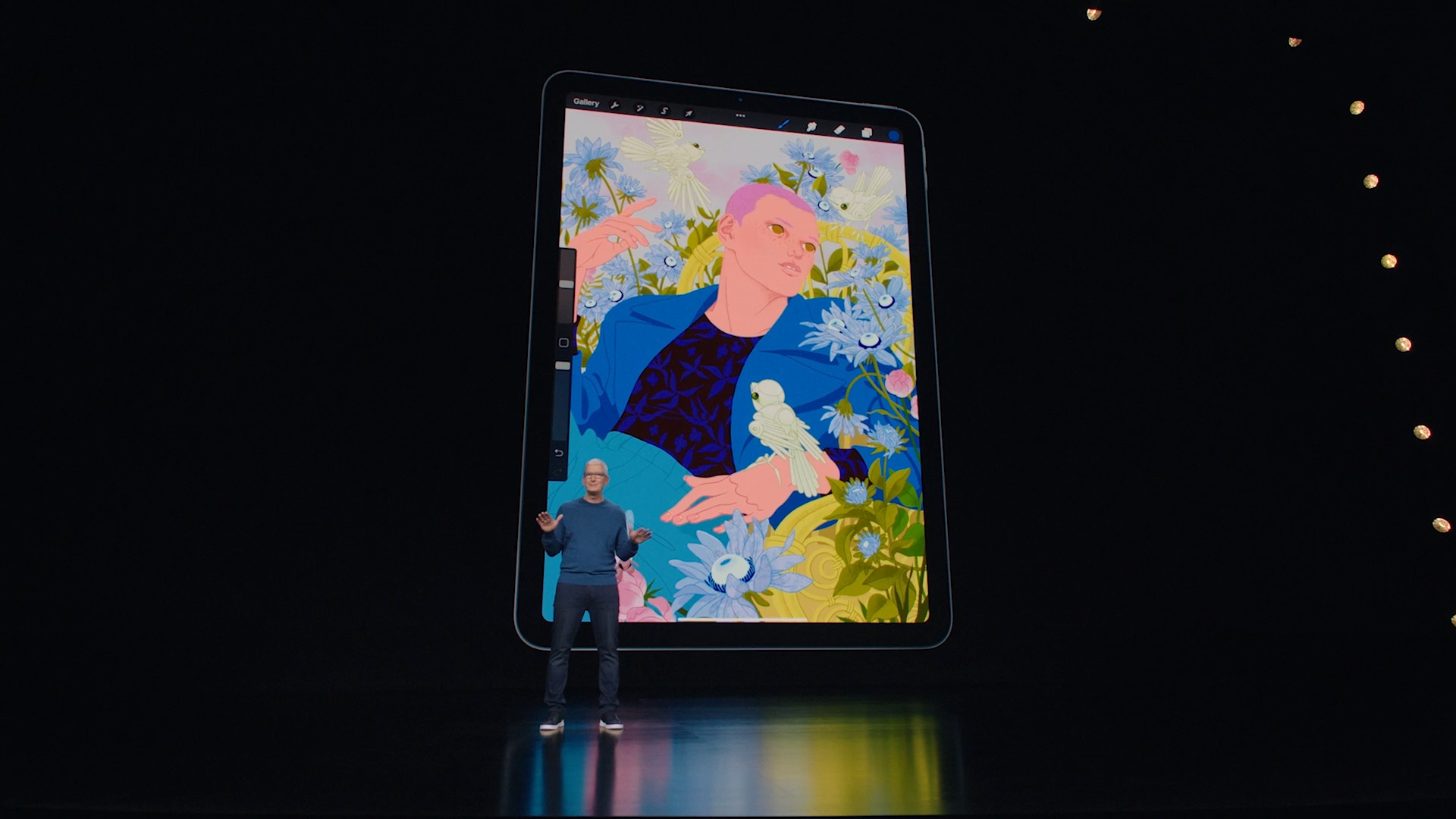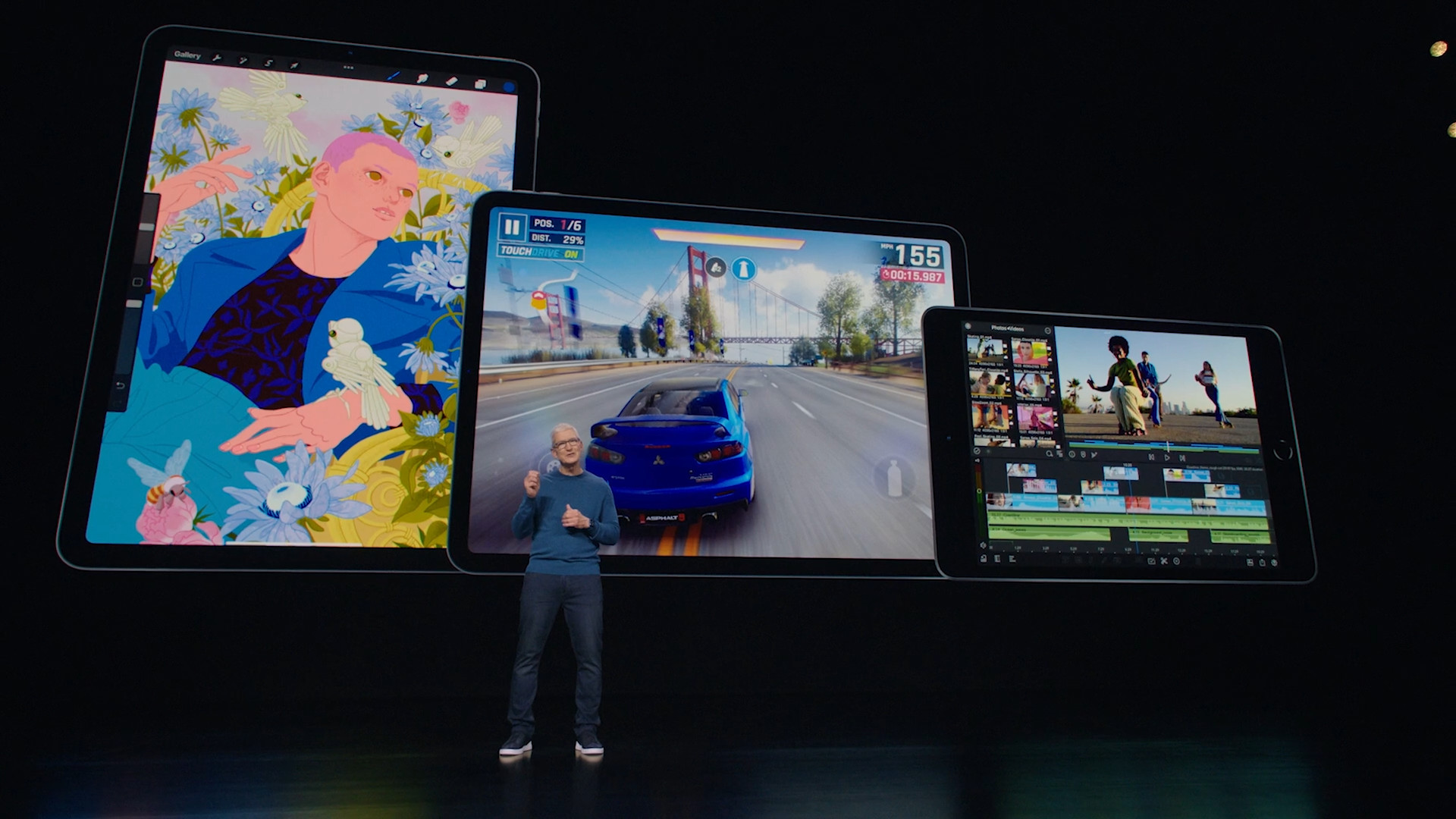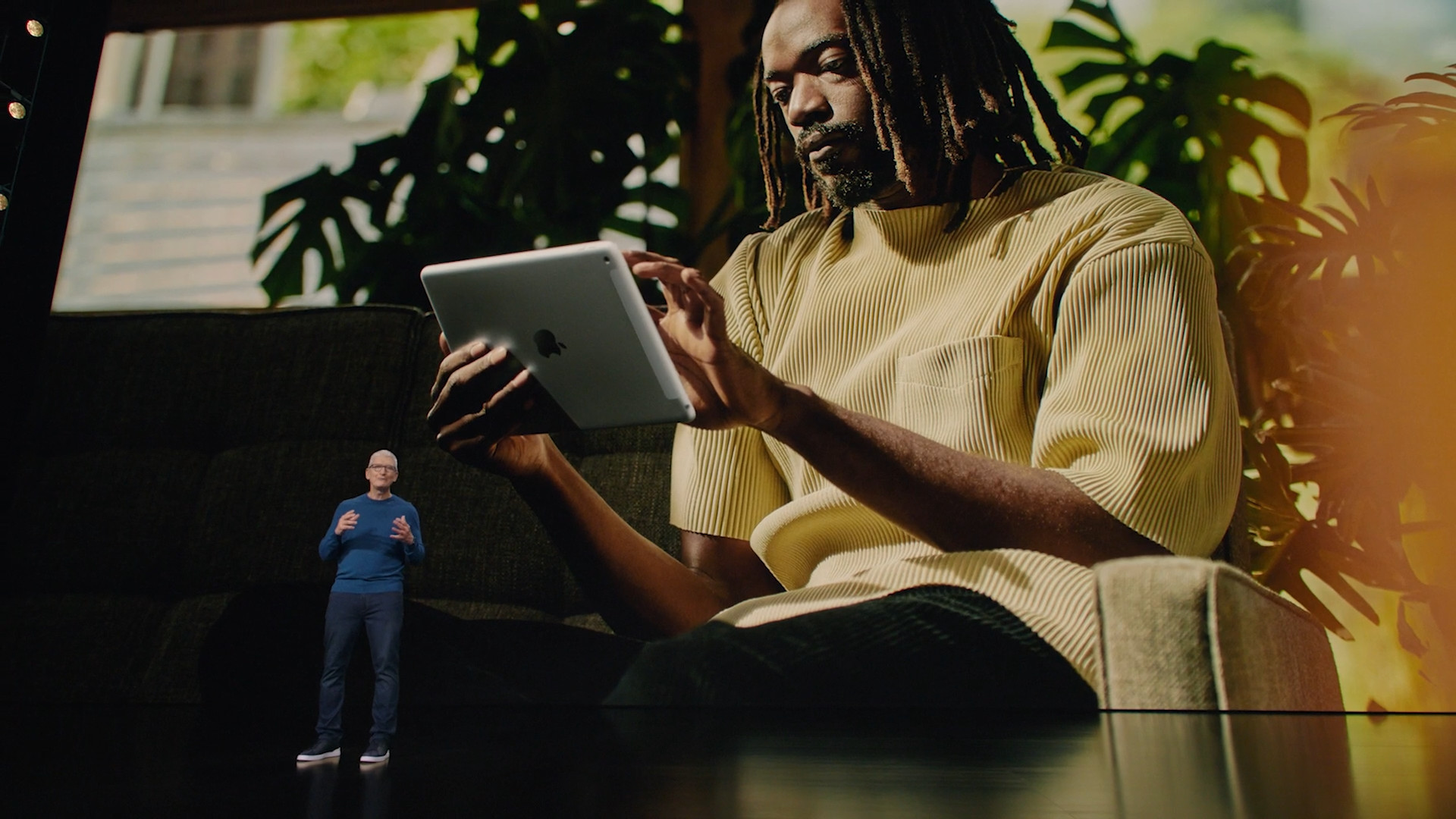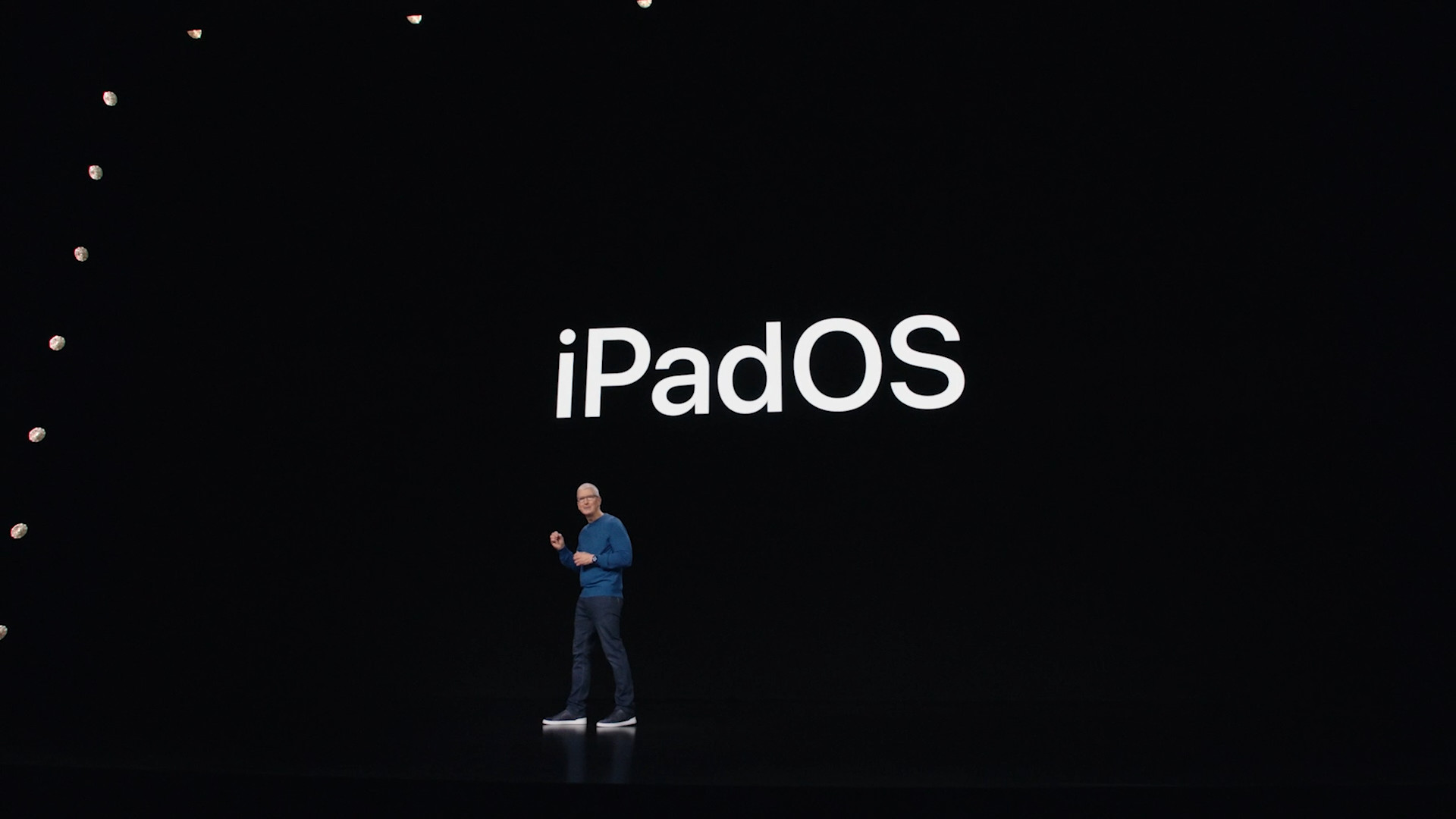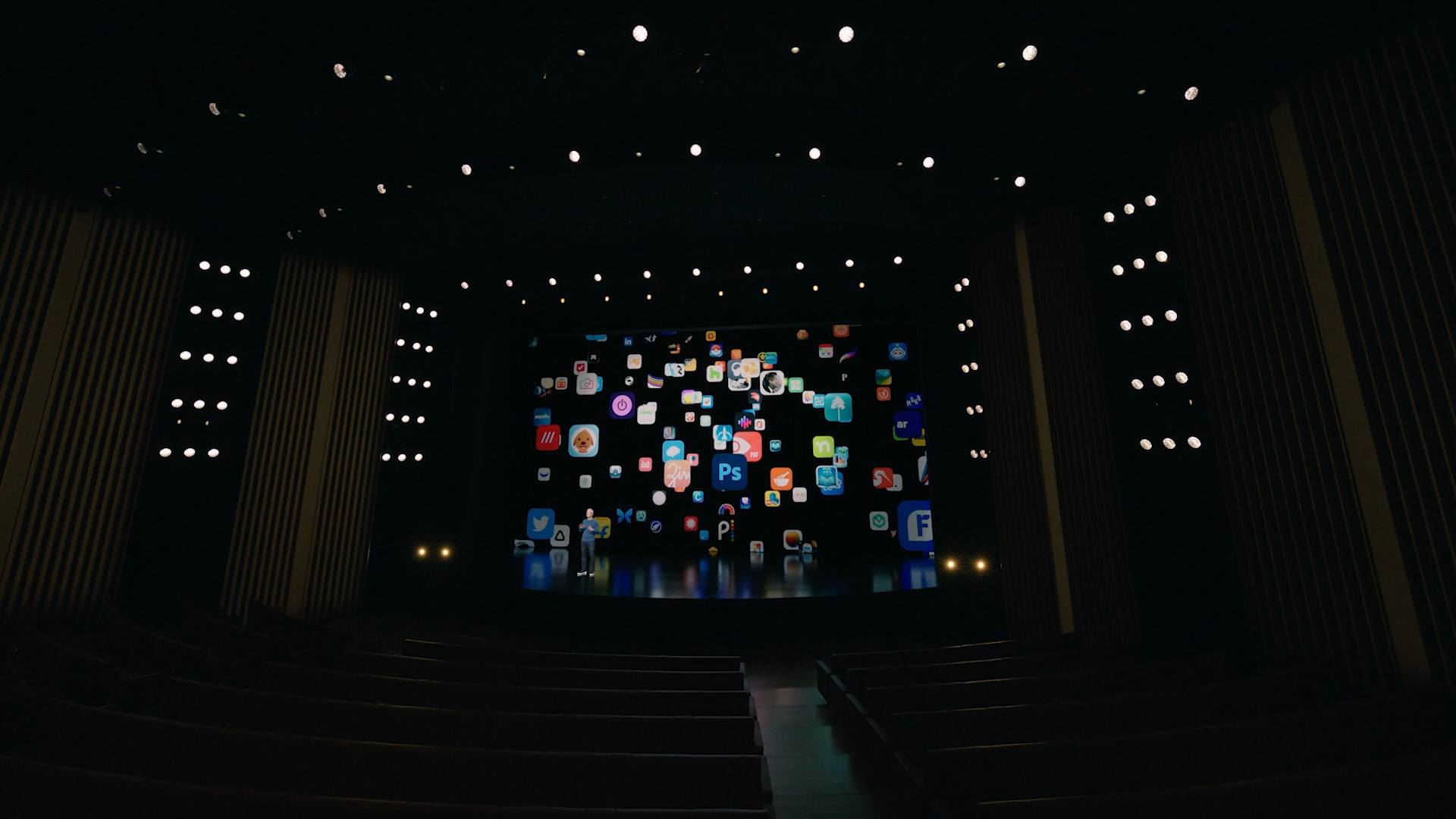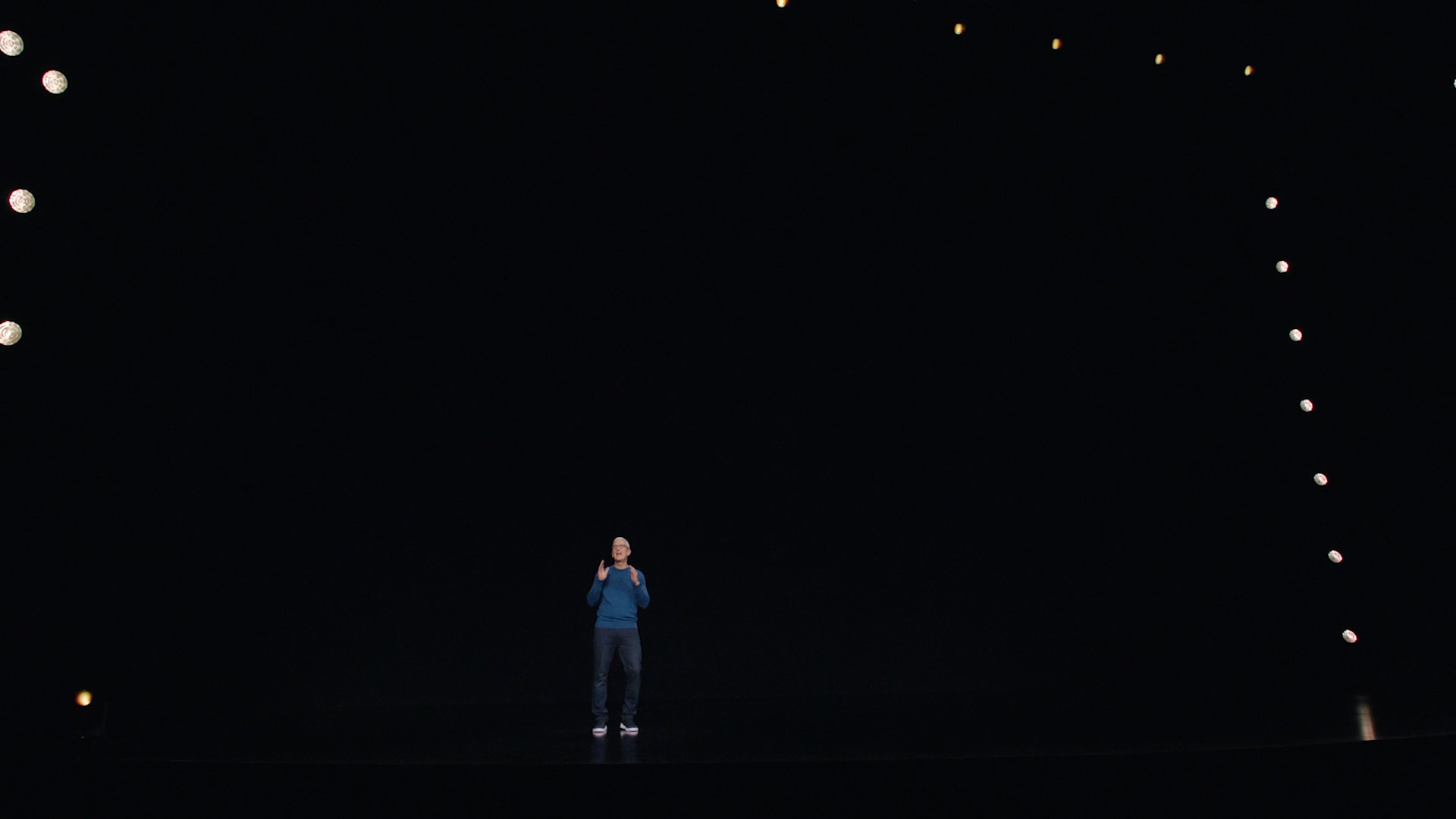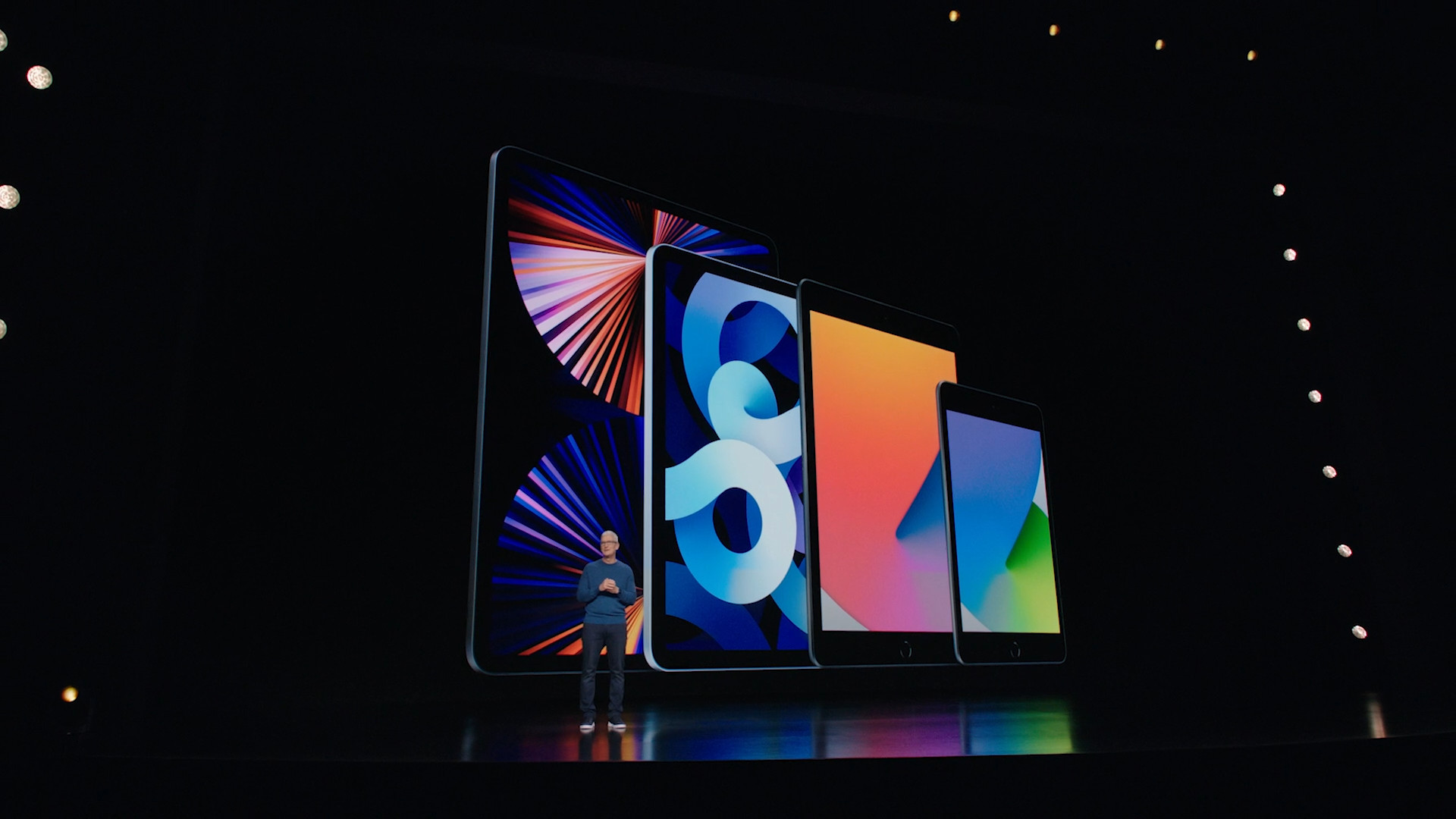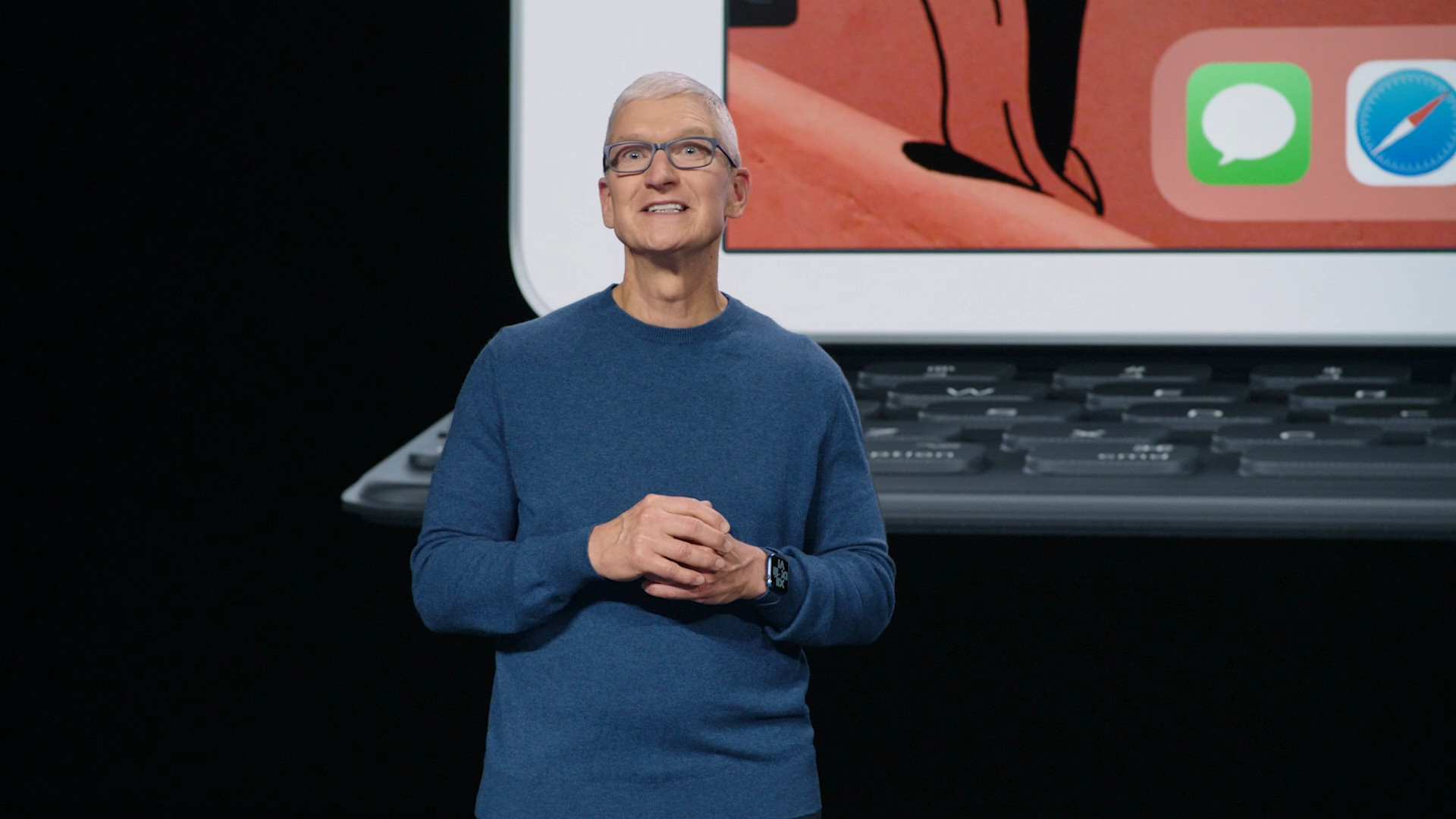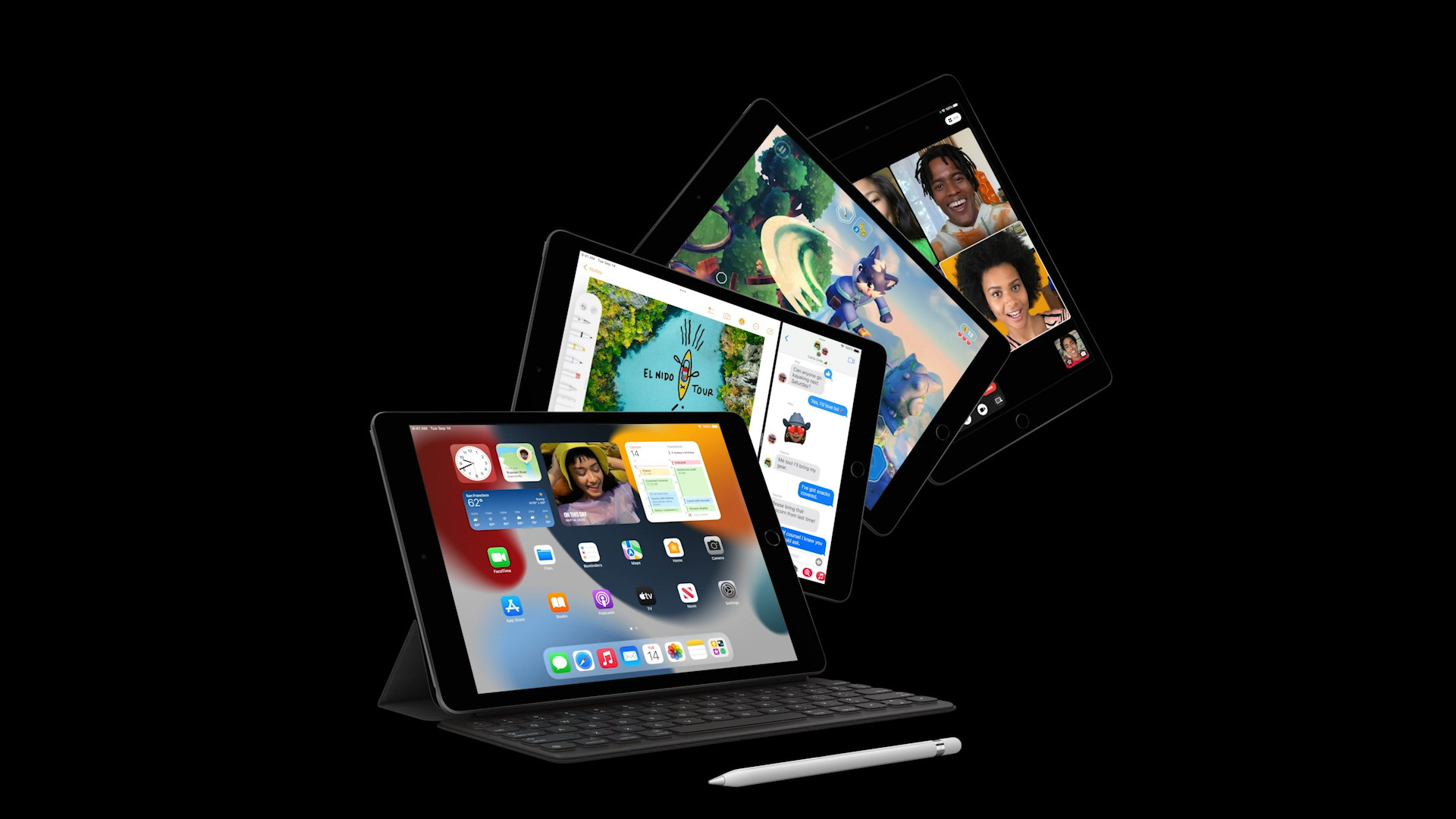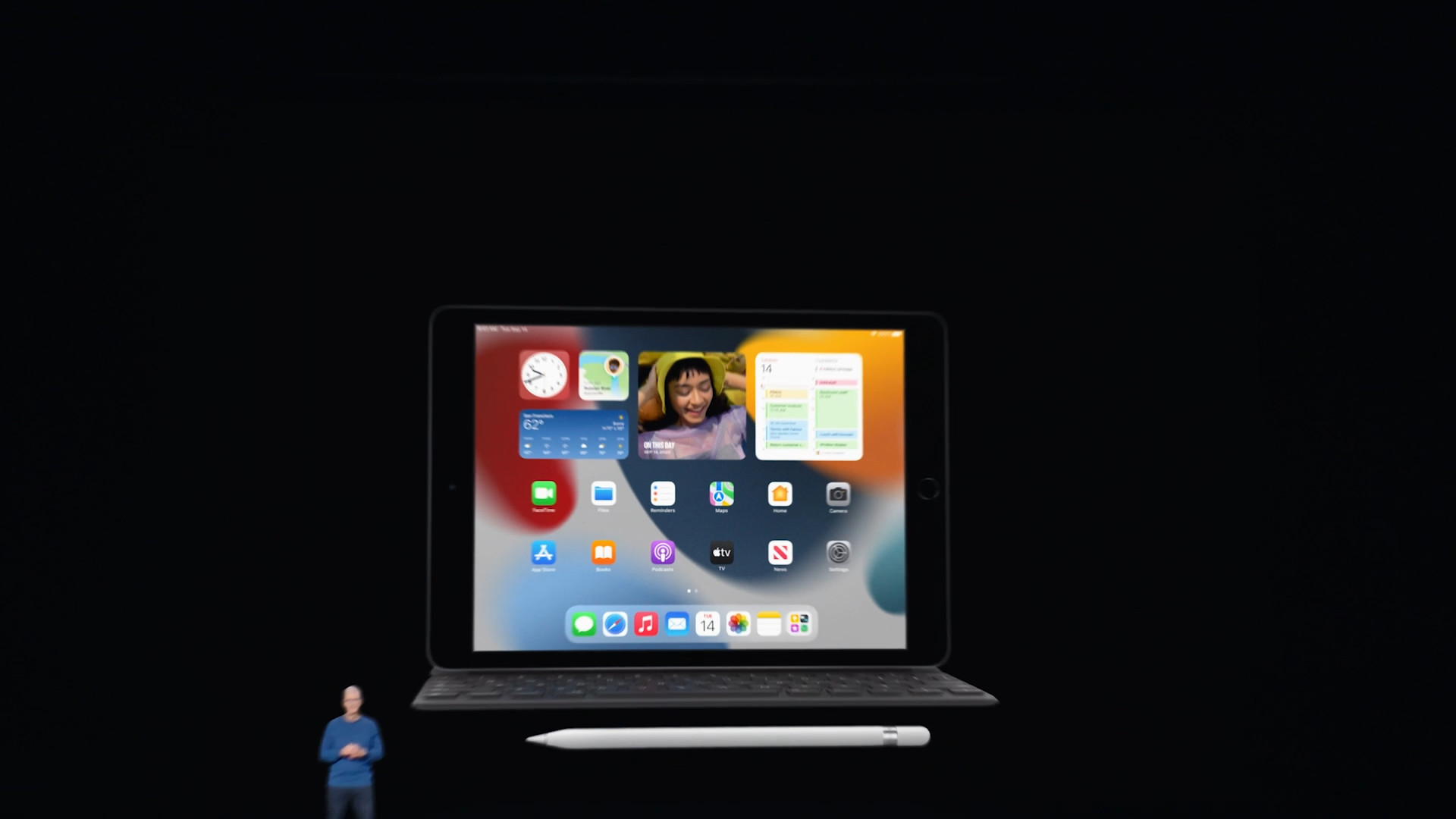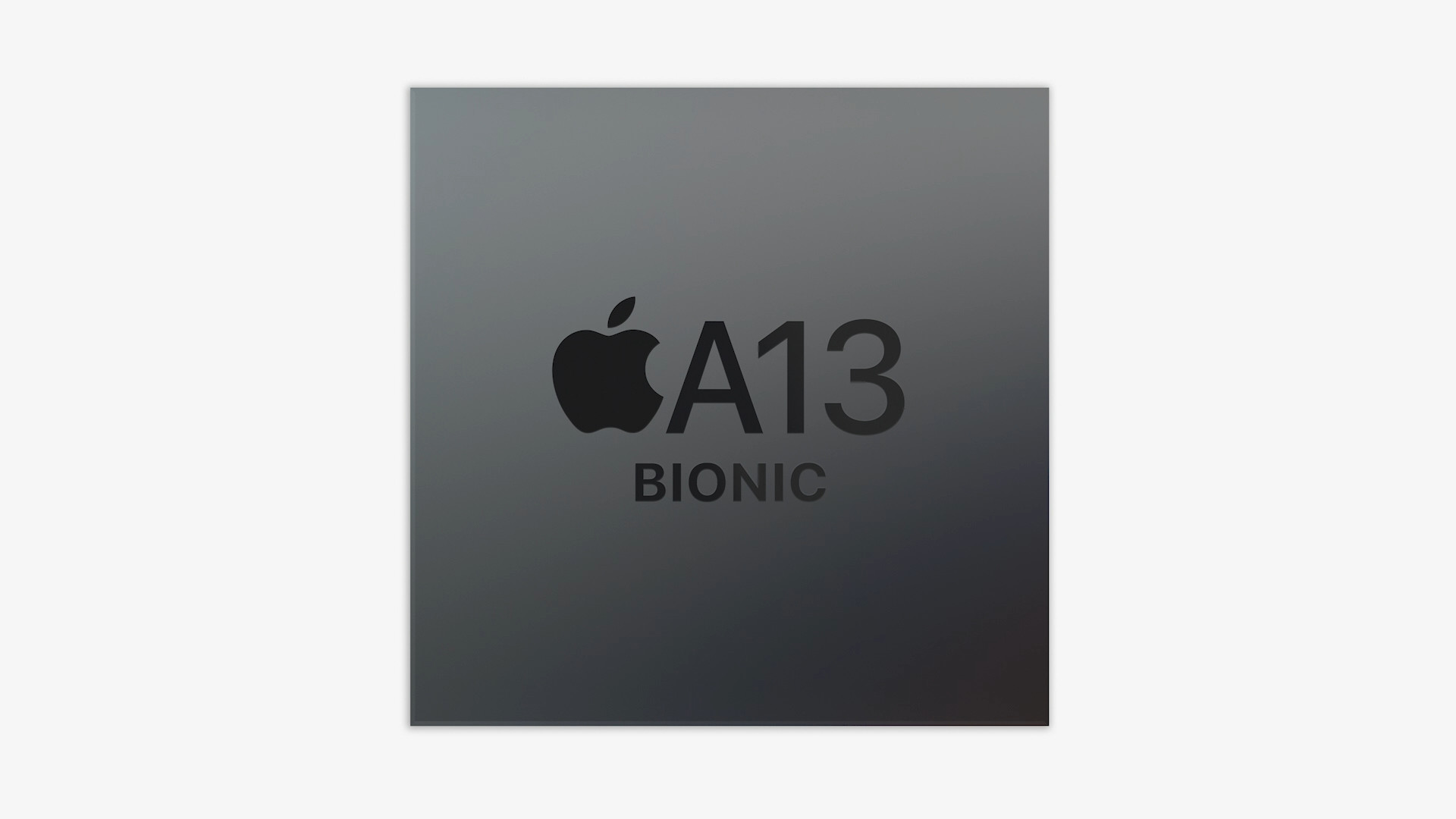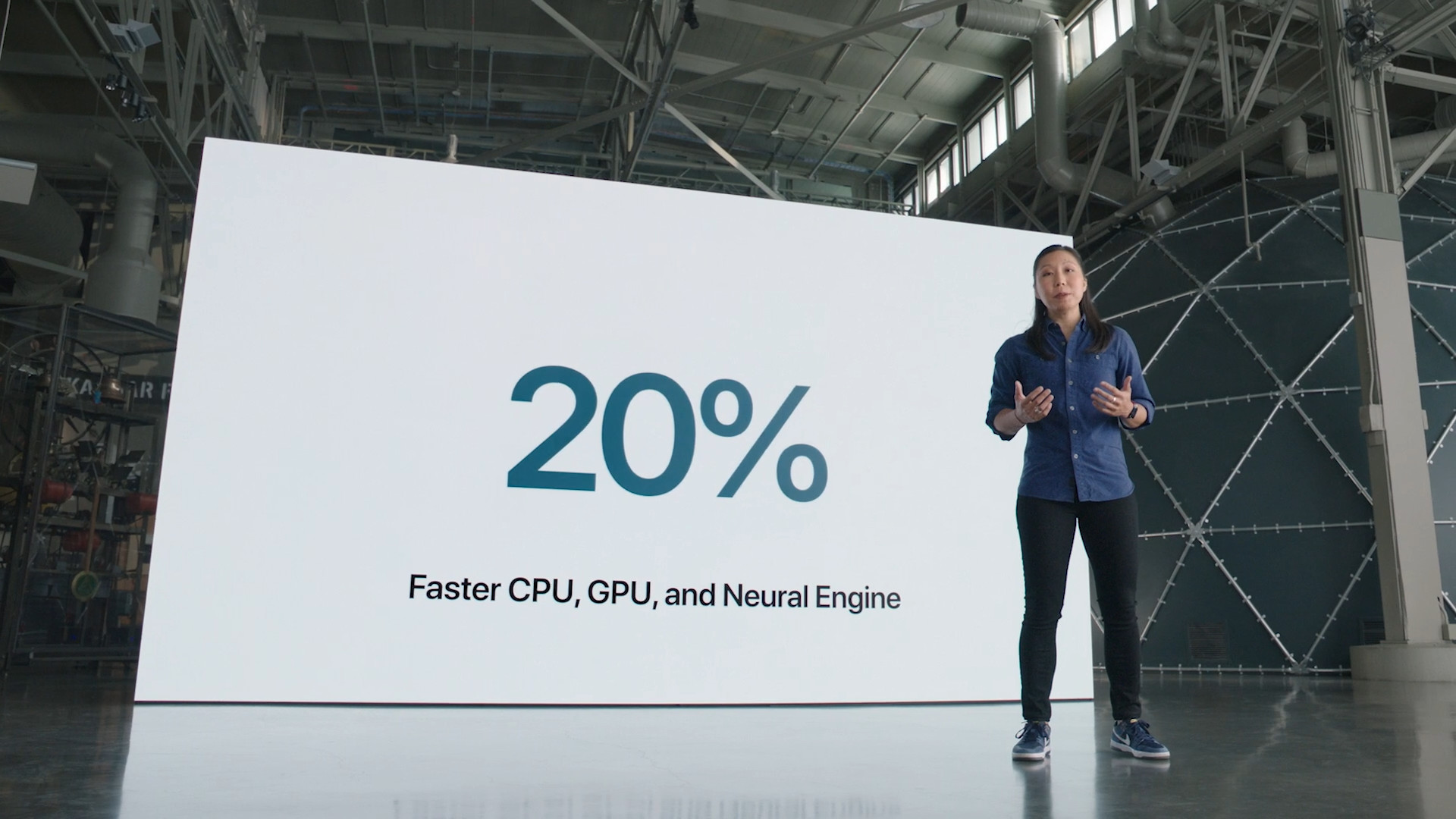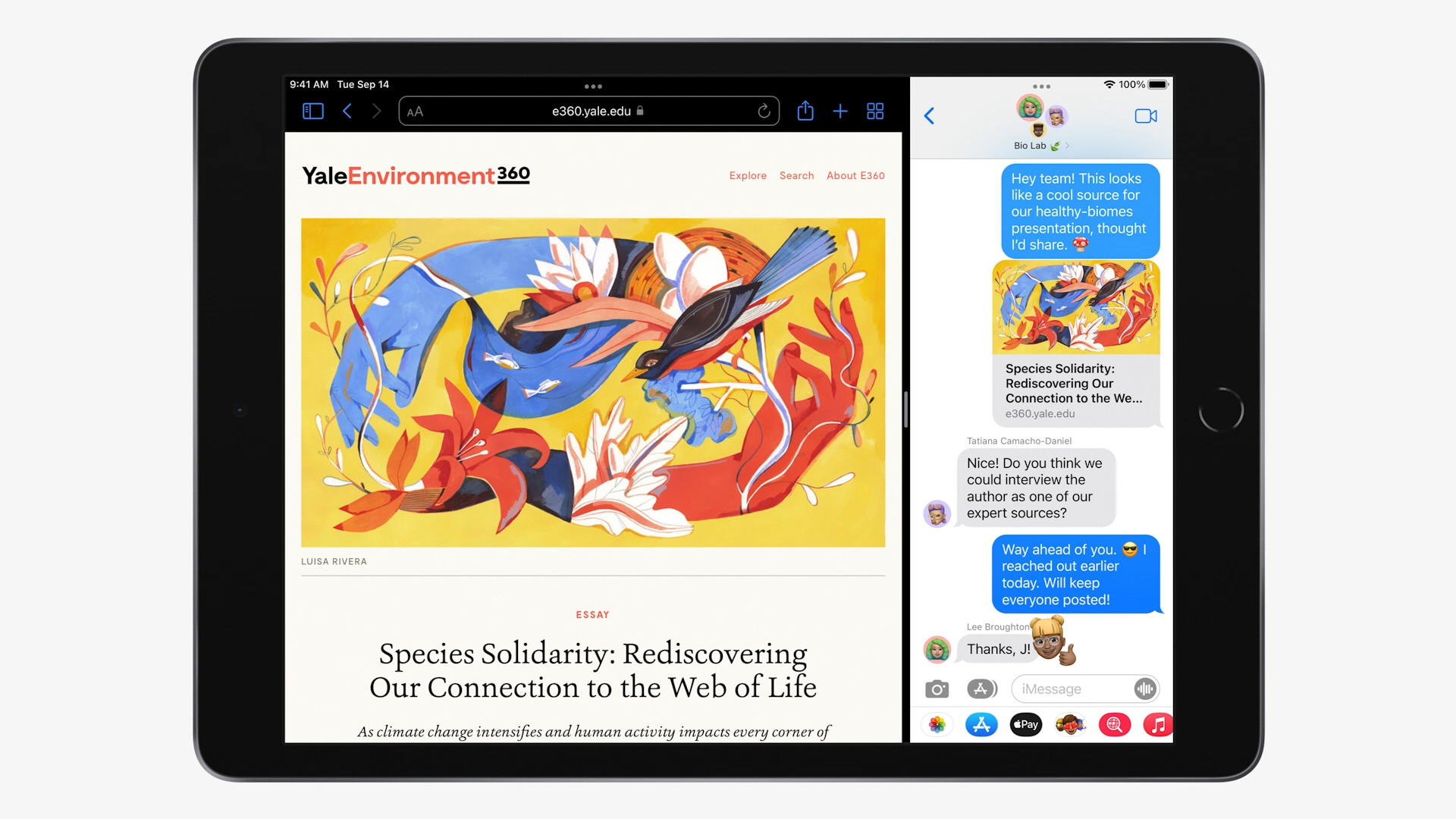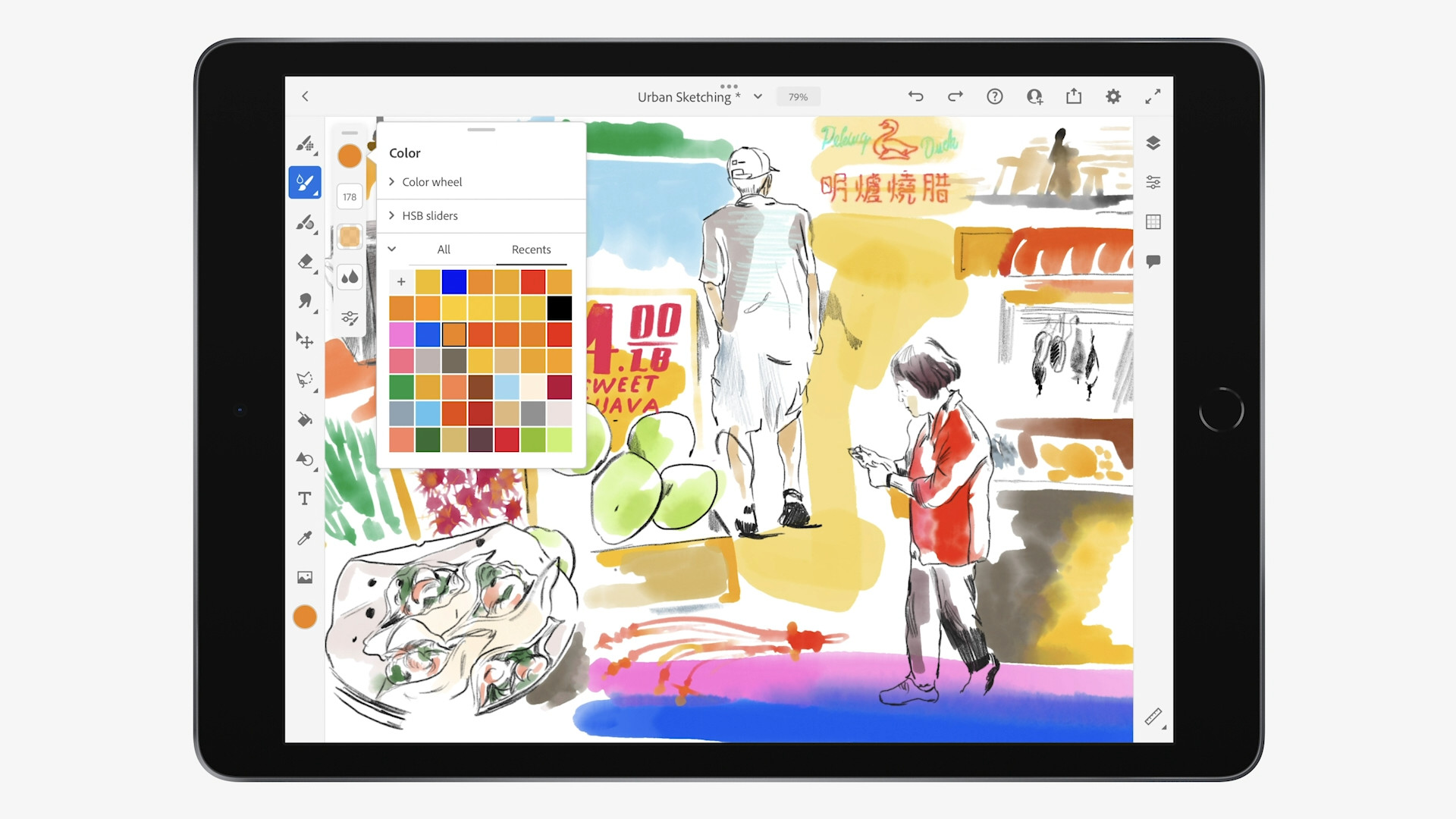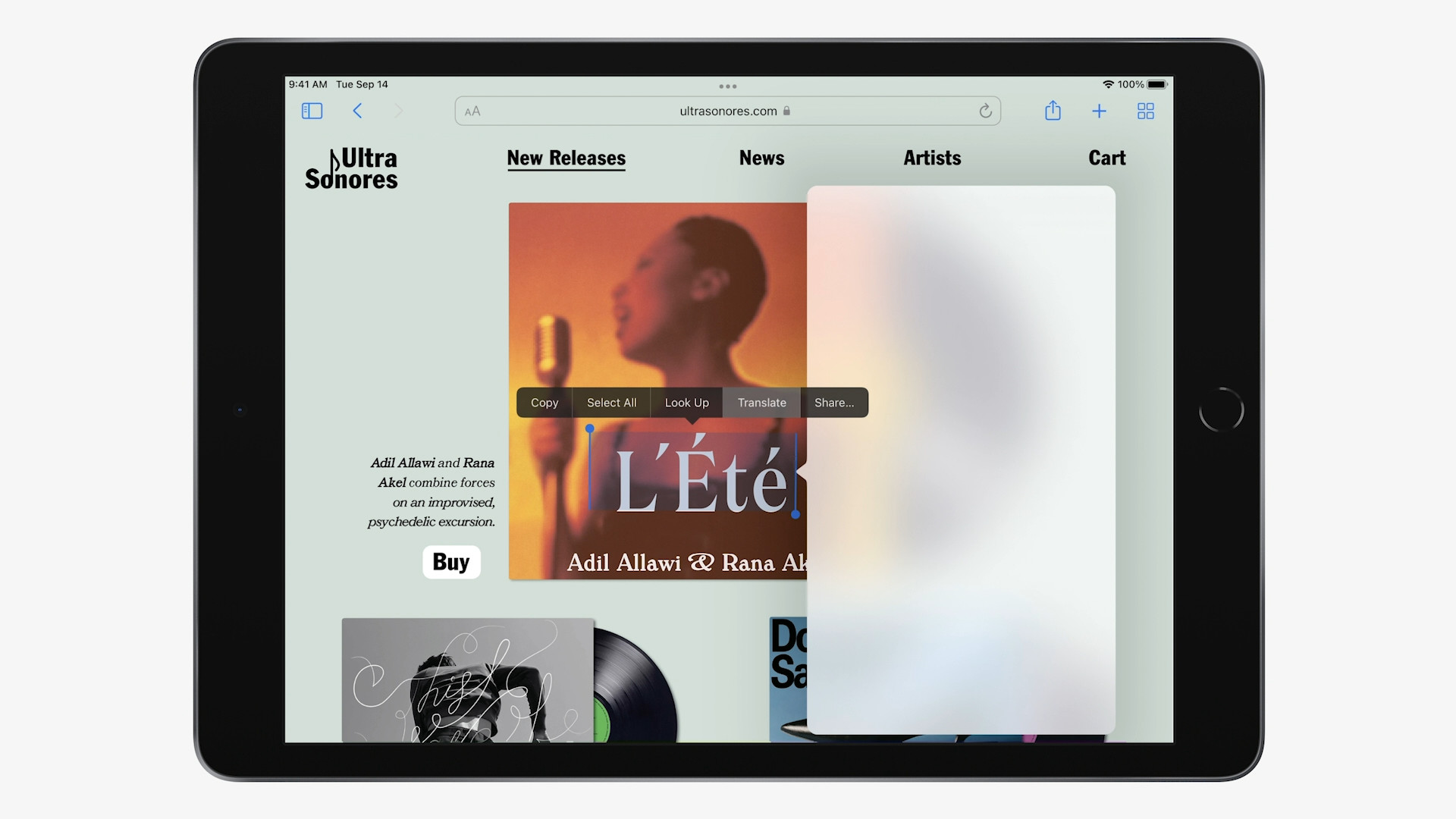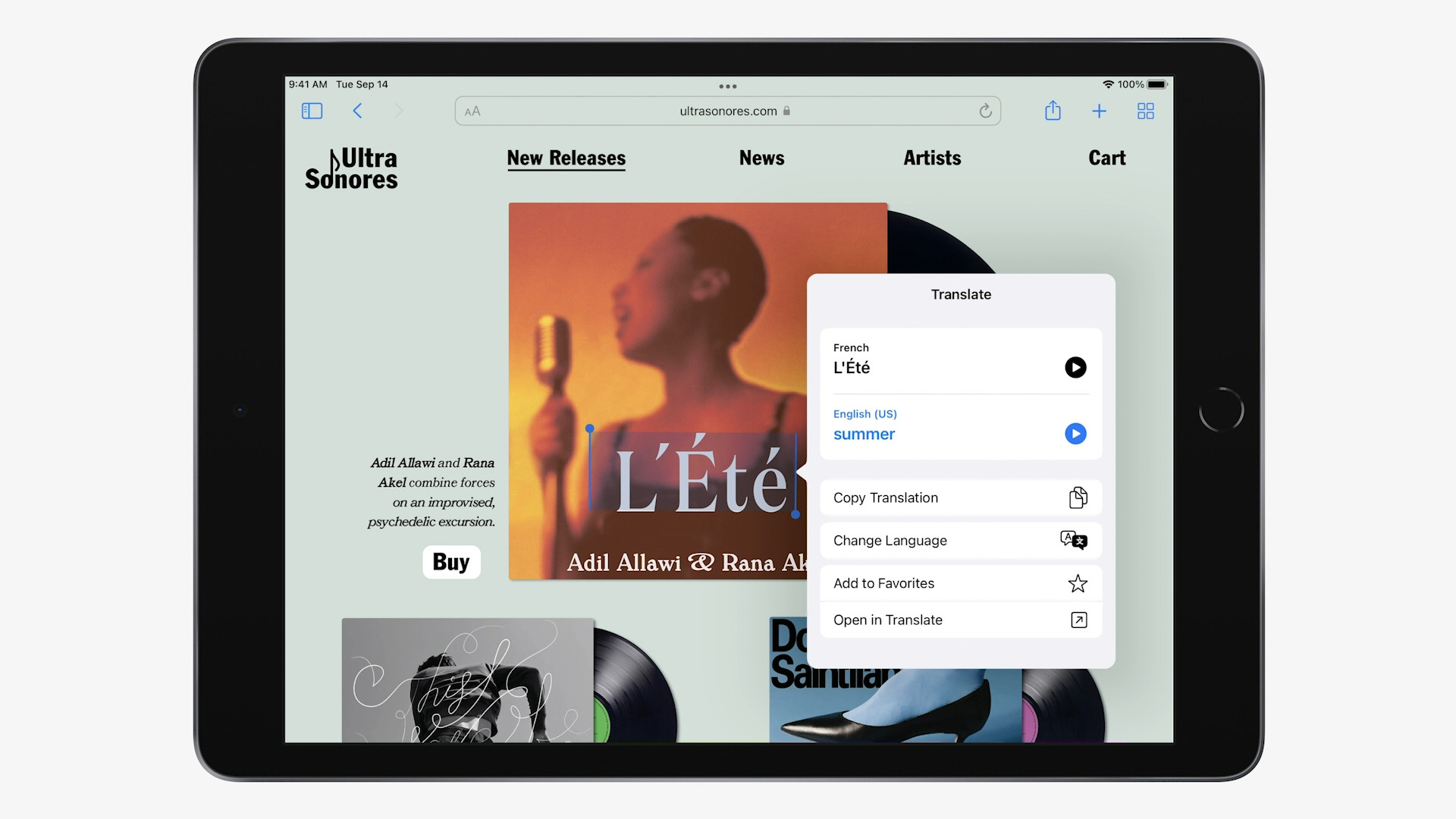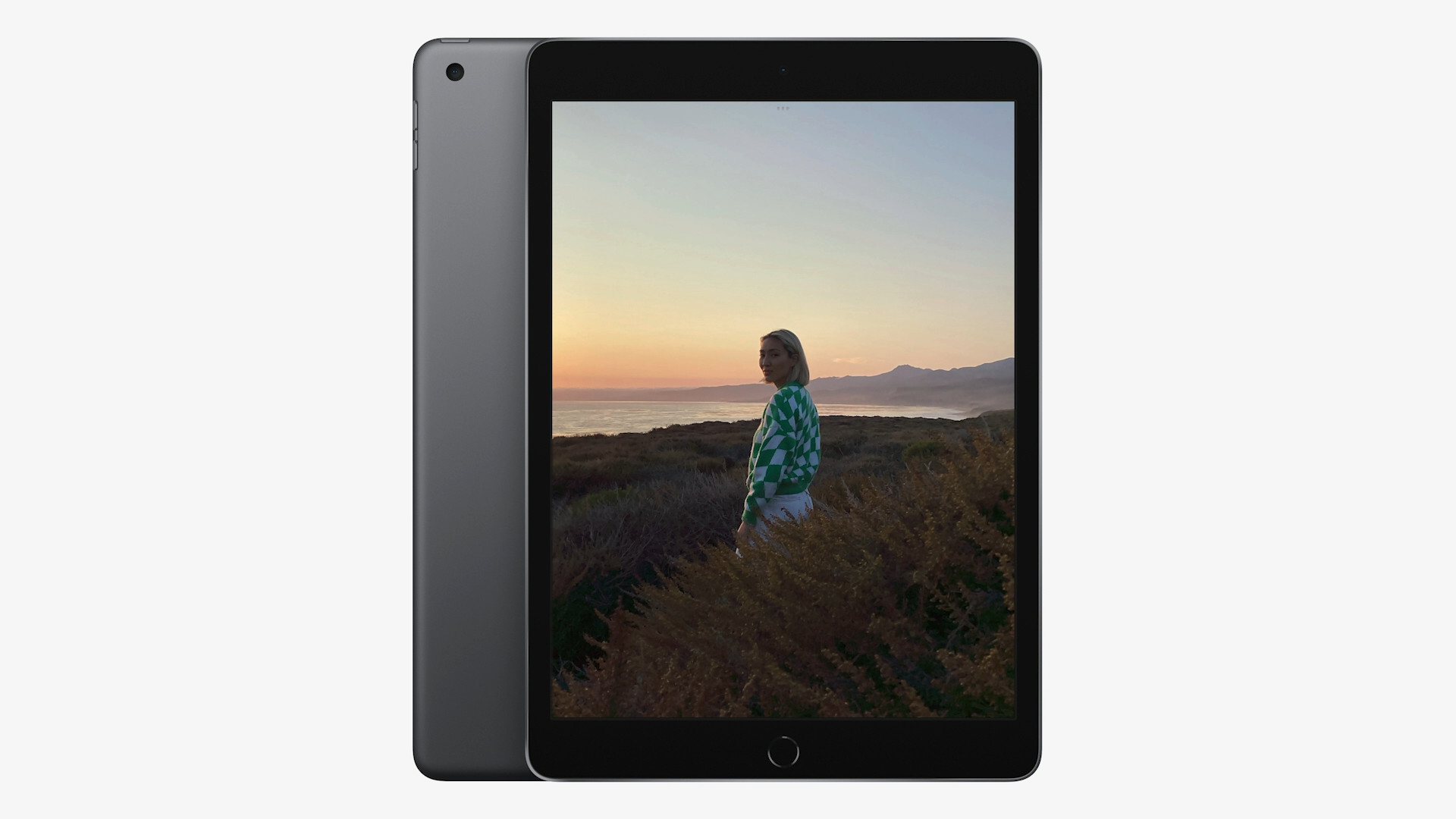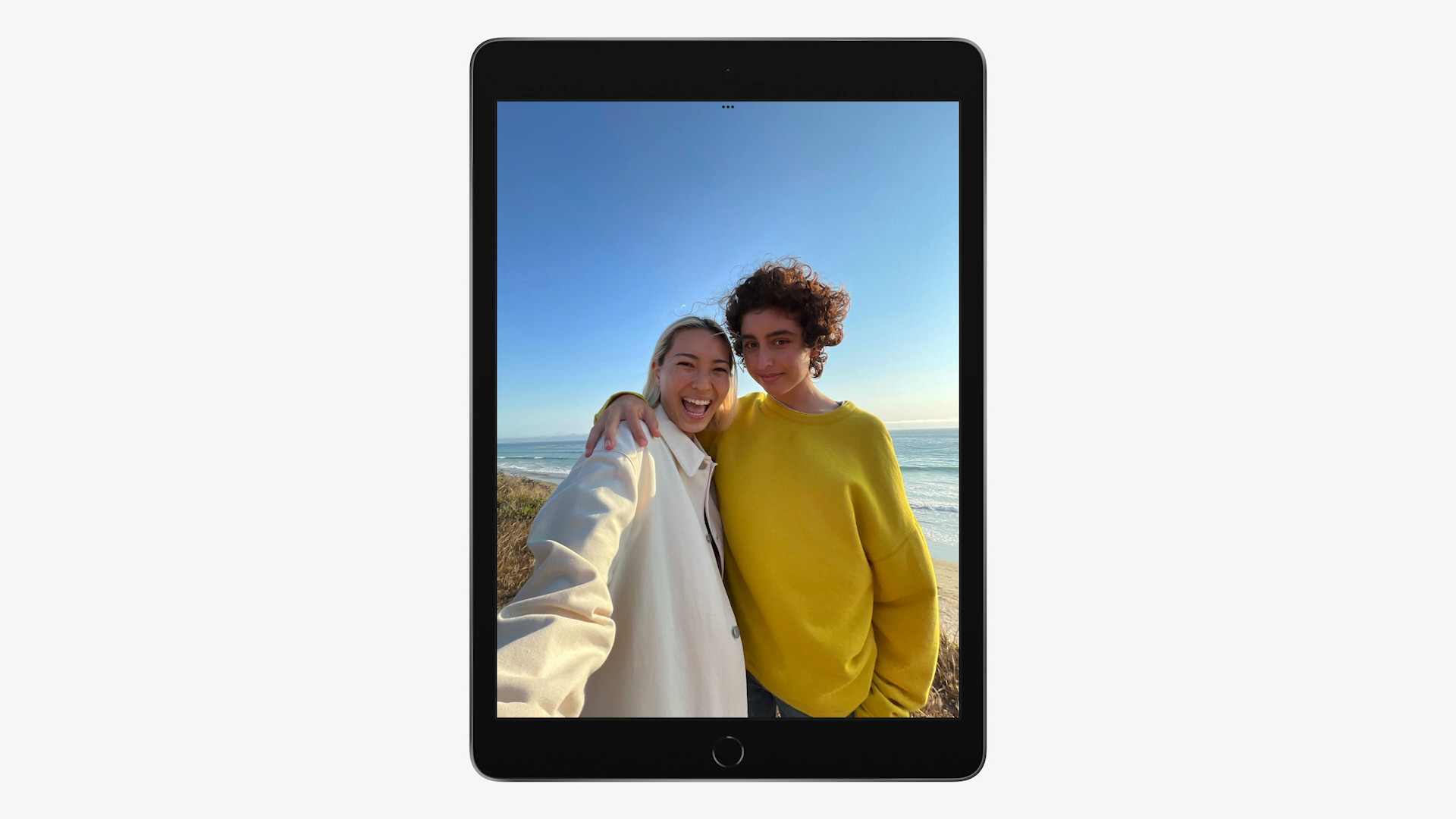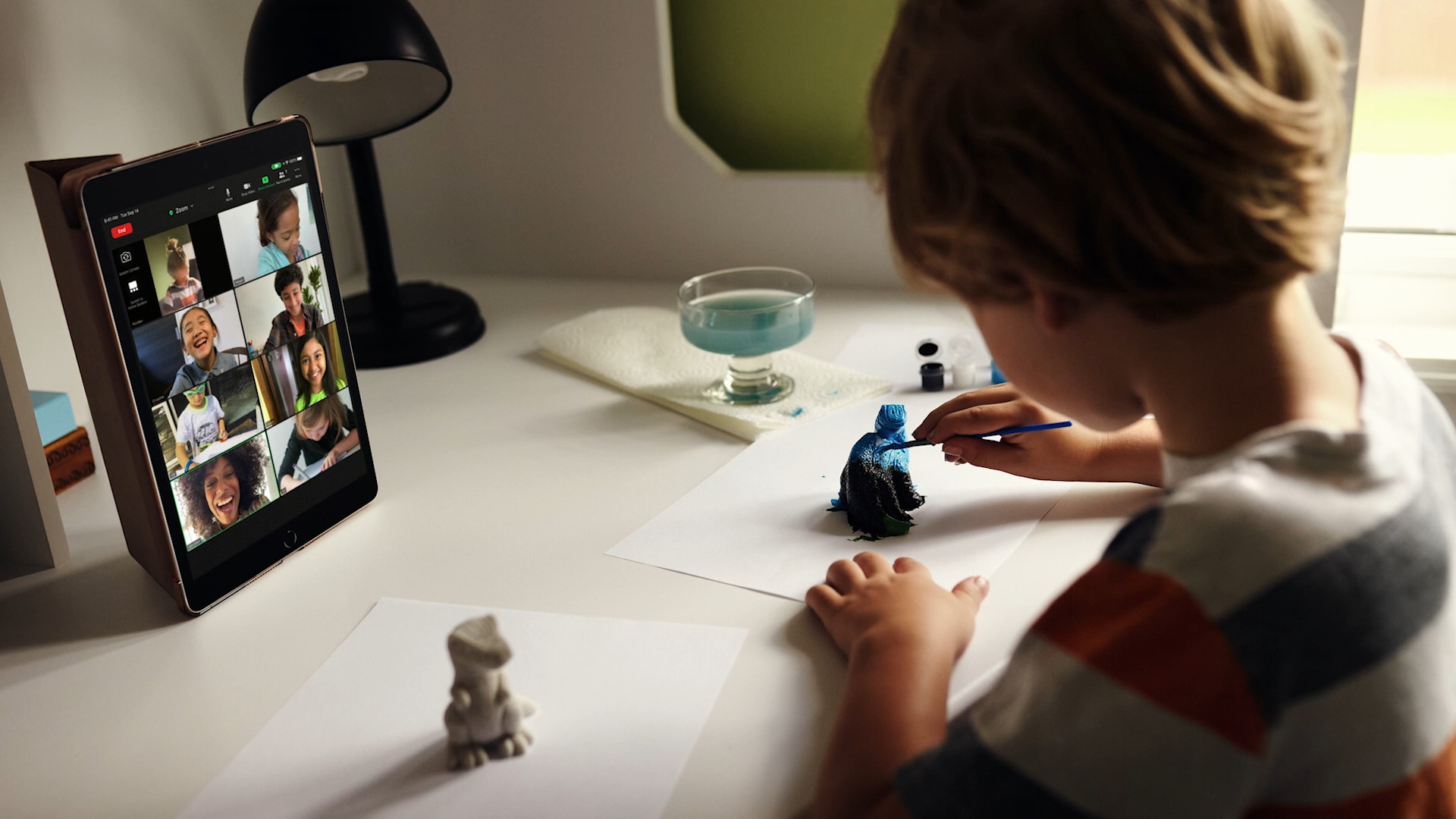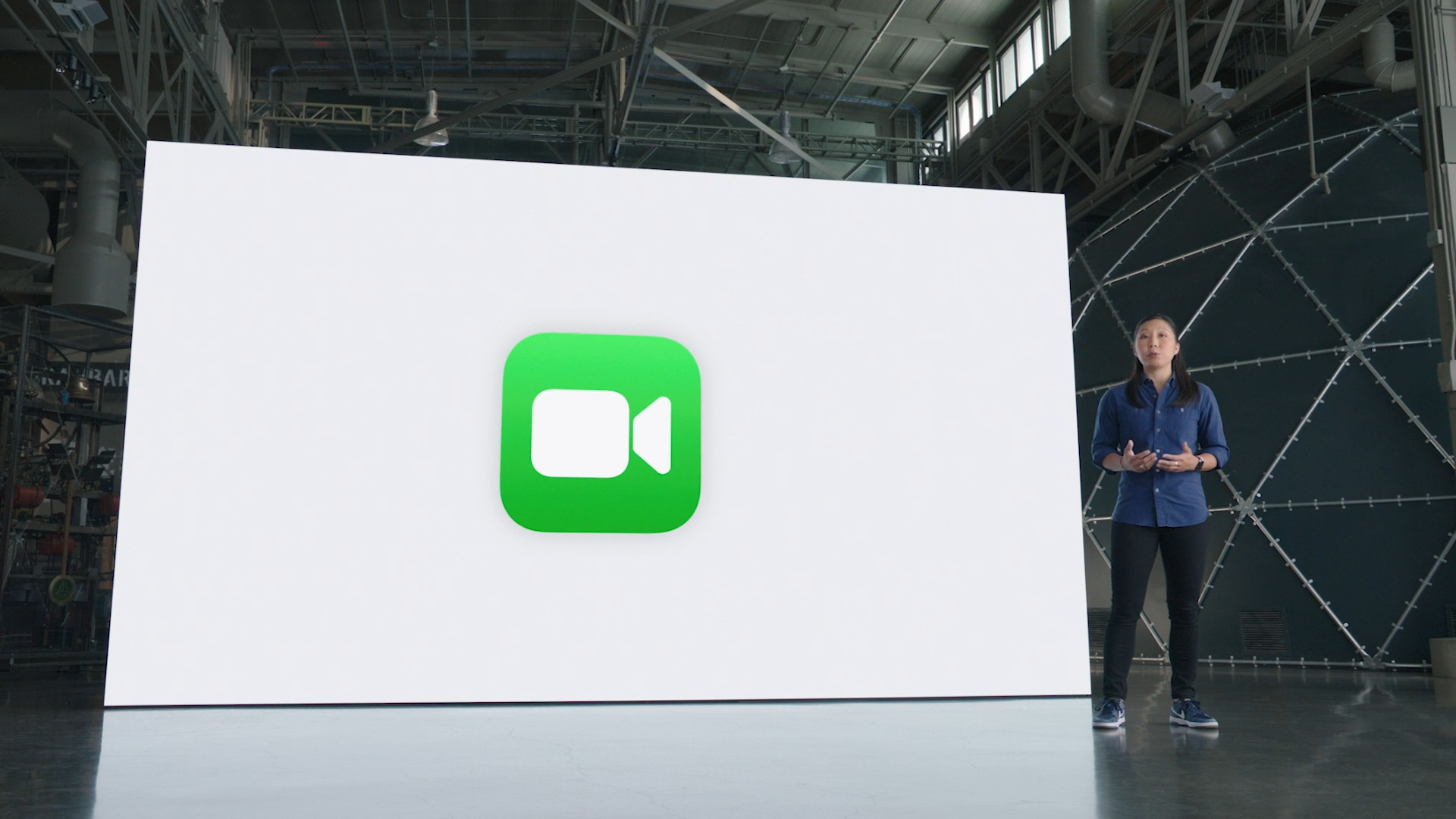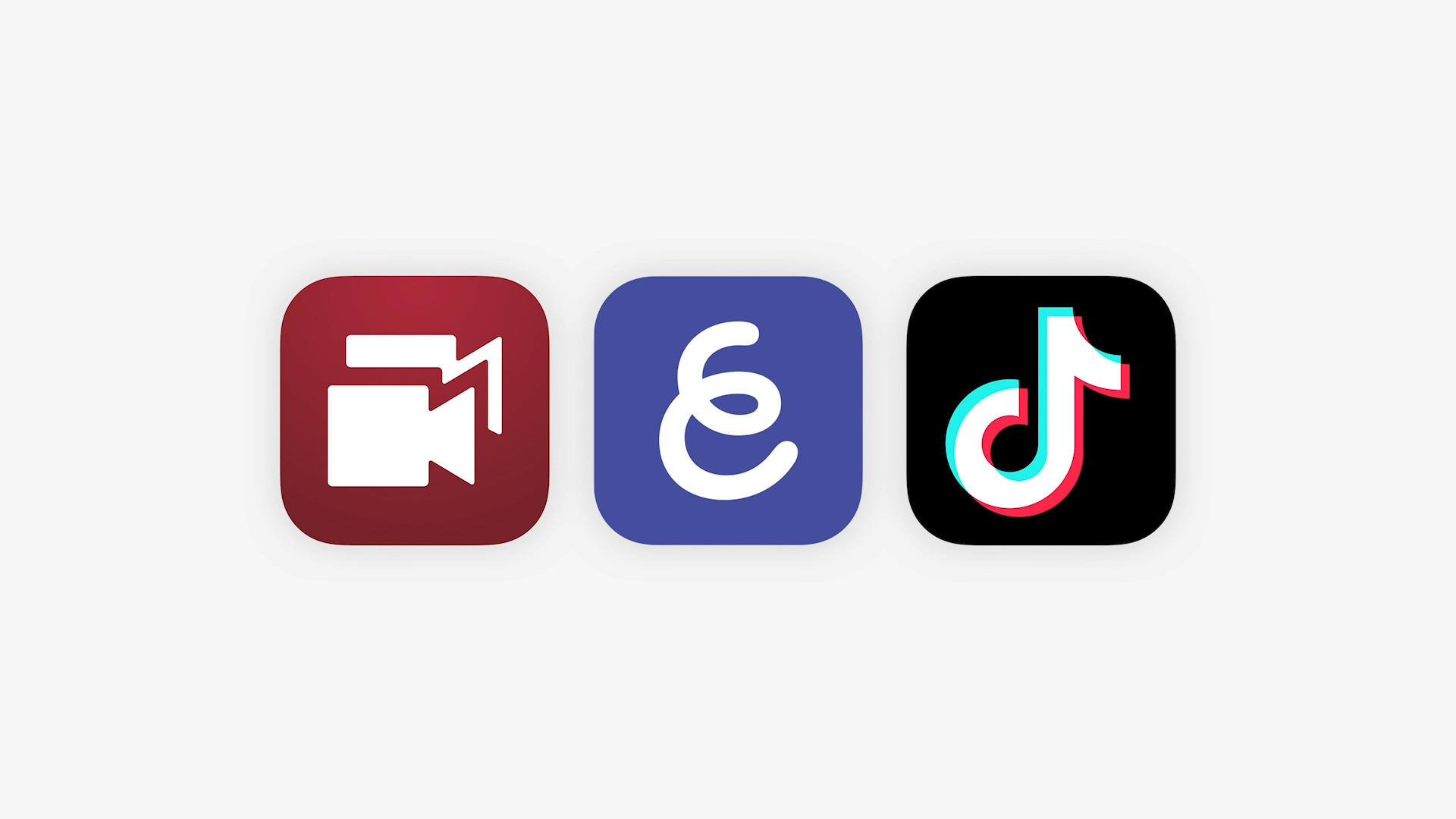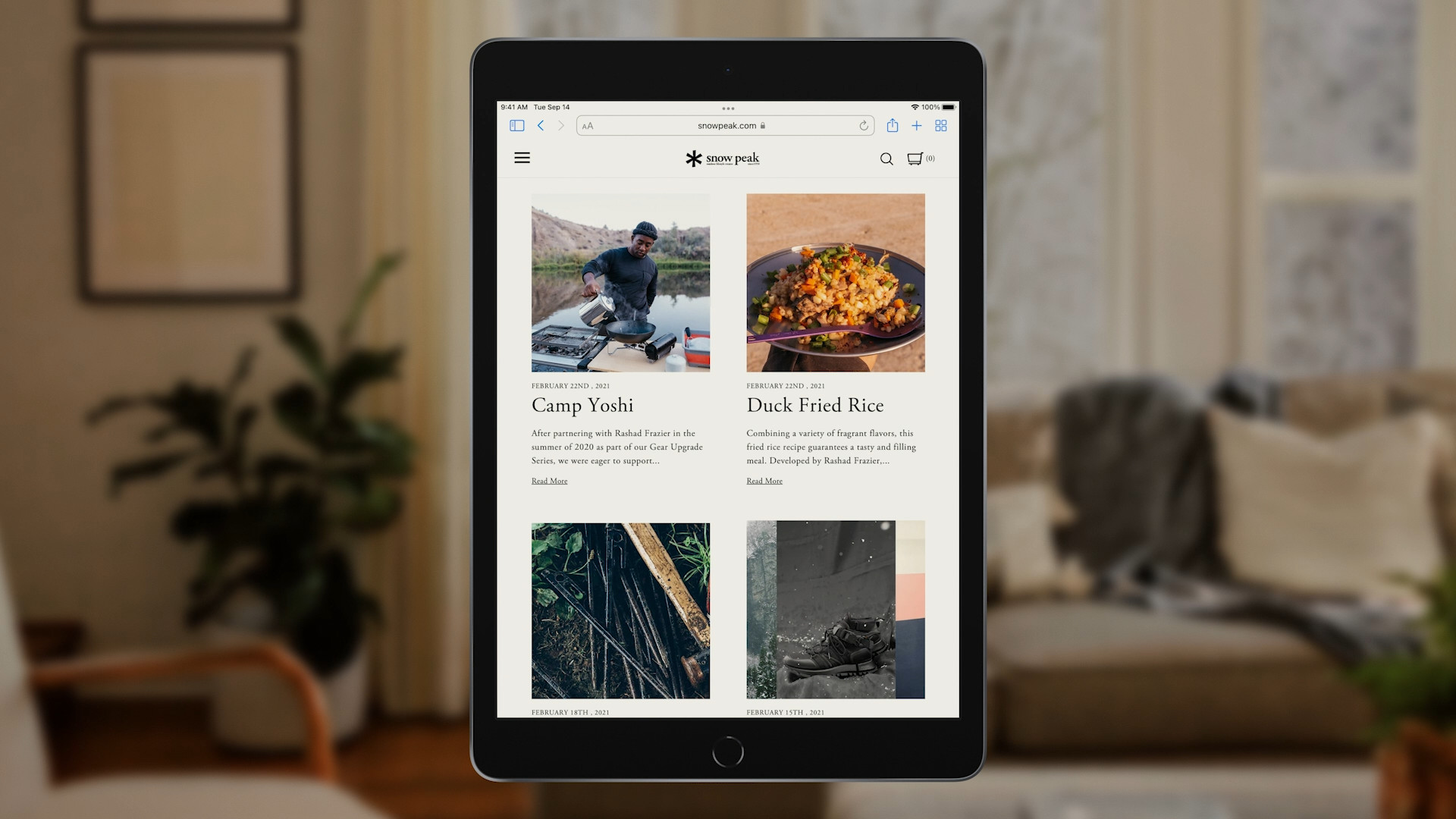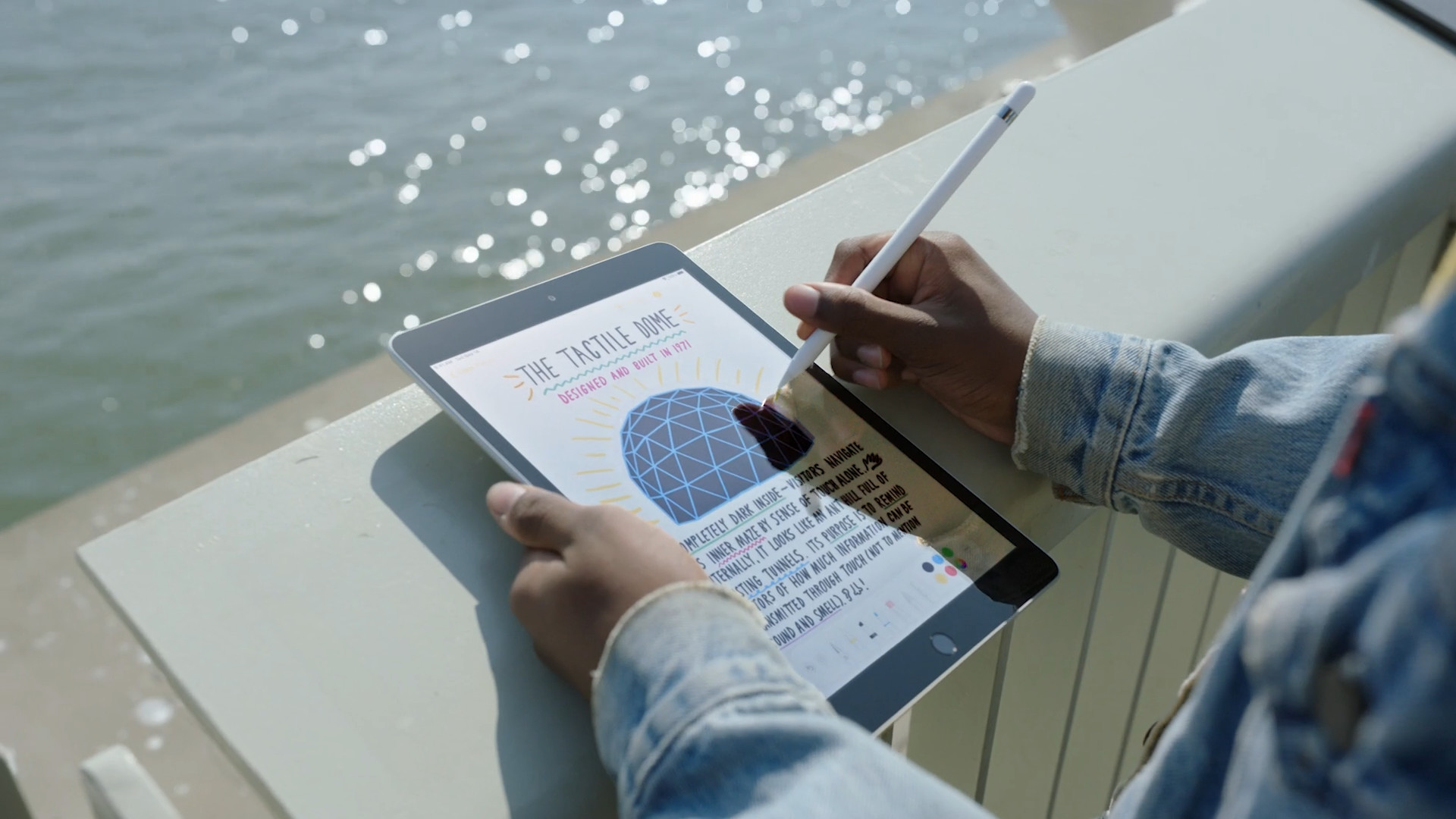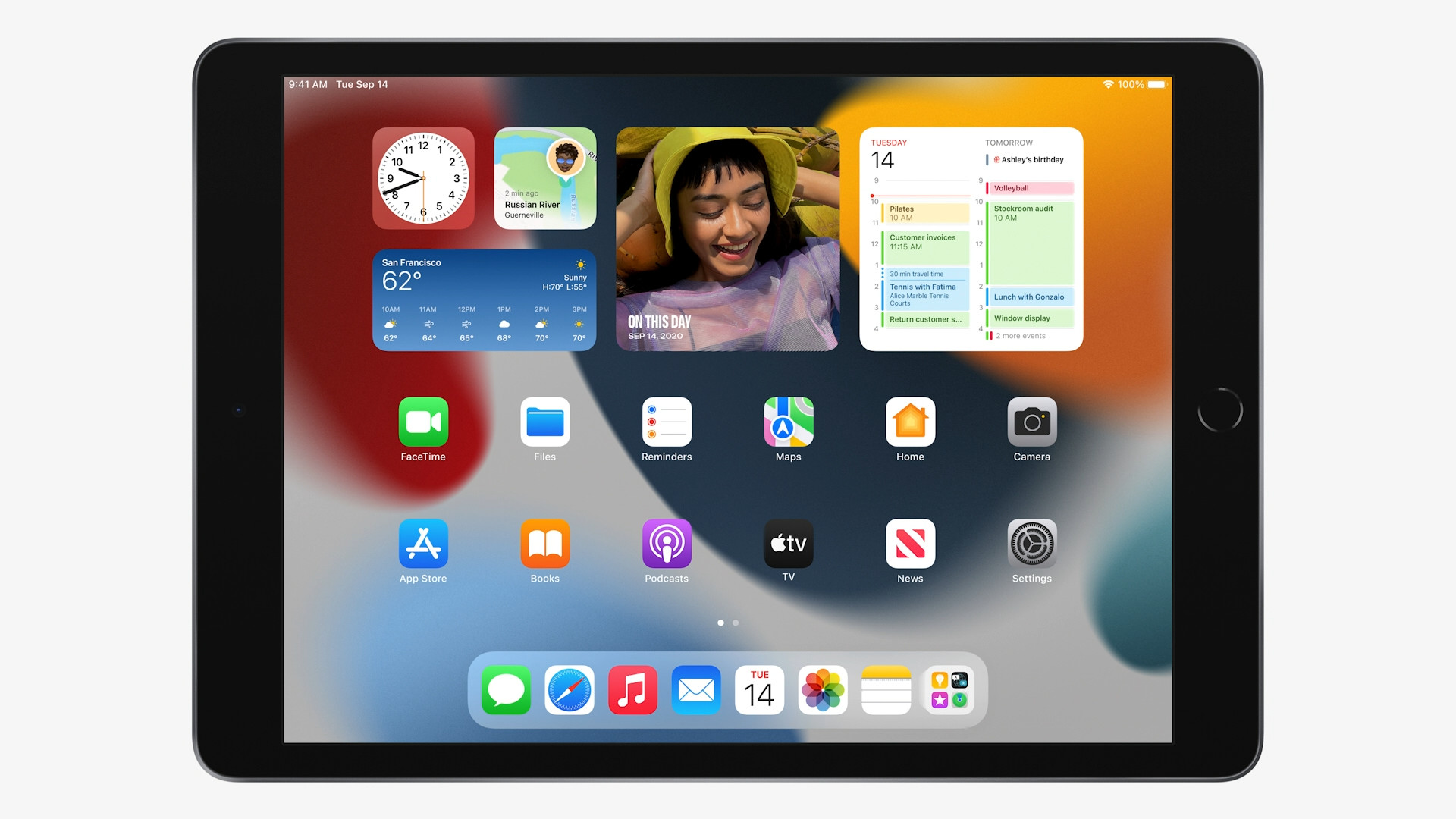On Tuesday, September 14, the most anticipated product of this year - iPhone 13 (Pro) - was introduced. In any case, the iPad (9th generation), iPad mini (6th generation) and Apple Watch Series 7 were revealed alongside it. But how does such a basic iPad compare to the previous (last year's) generation. We will now shed some light on this together. But keep in mind that there have not been many changes.
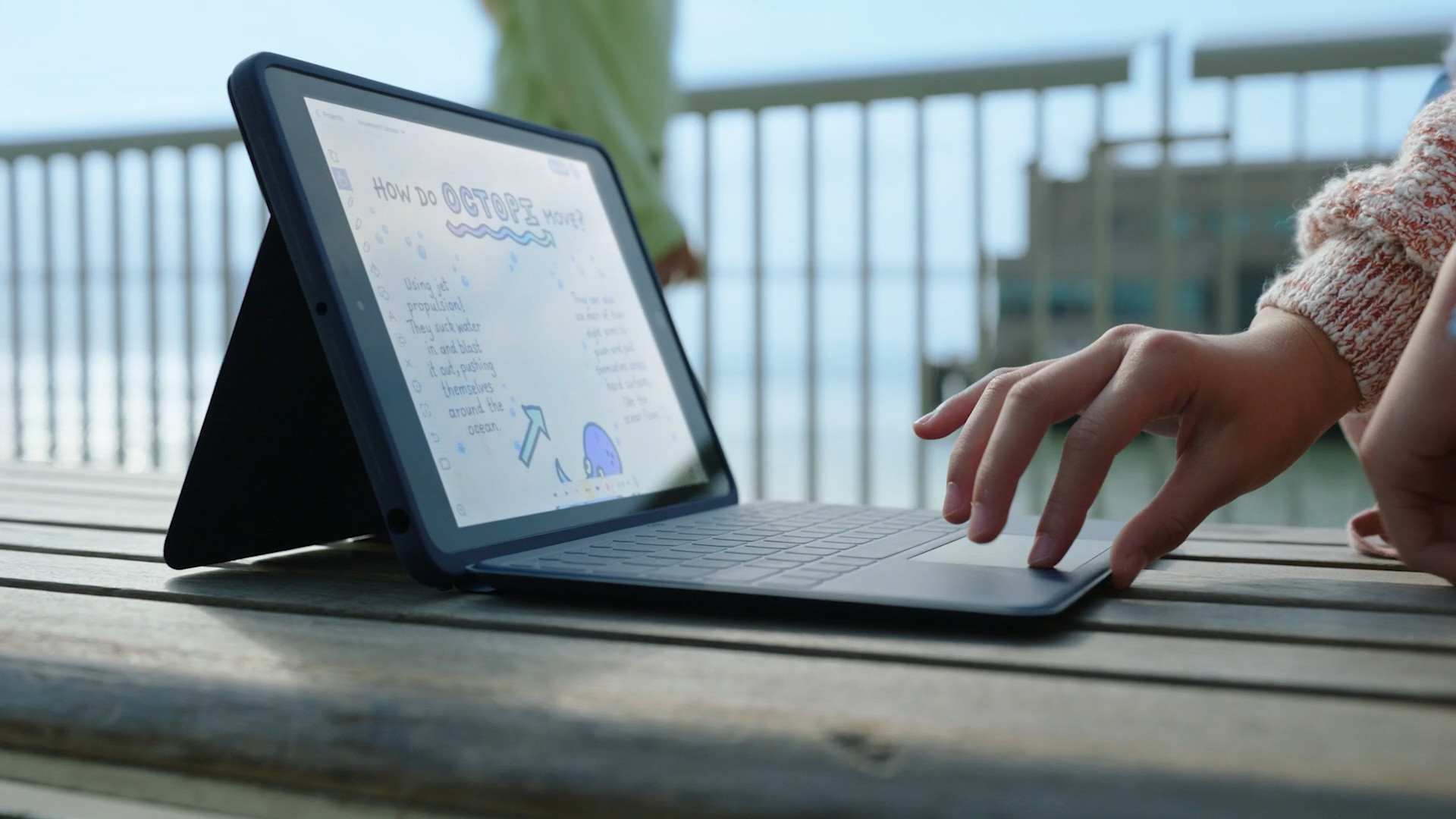
Performance - chip used
In terms of performance, as is usual with Apple, we have of course seen a significant improvement. In the case of the iPad (9th generation), Apple opted for the Apple A13 Bionic chip, which makes the device 20% faster than its predecessor, which offers the Apple A12 Bionic chip. It should be noted, however, that thanks to the excellent connection between hardware and software, both generations work brilliantly and it is difficult to get them into situations in which they would suffer. This year's strengthening of performance rather gives us certainty for the future.
Display
Even in the case of the display, we saw a minor change. In both cases, both the iPad (9th generation) and the iPad (8th generation), you will find a 10,2″ Retina display with a resolution of 2160 × 1620 at 264 pixels per inch and a maximum brightness of 500 nits. Of course, there is also an oleophobic coating against smudges. In any case, what this generation has improved is sRGB support and the True Tone function. It is True Tone that can adjust the colors based on the current environment so that the display looks as natural as possible - in short, in every situation.
Design and body
Unfortunately, even in the case of design and processing, we did not see any changes. Both devices are practically indistinguishable from each other at first glance. Their dimensions are 250,6 x 174,1 x 7,5 millimeters. The slight difference is found in the weight. While the iPad (8th generation) in the Wi-Fi version weighs 490 grams (in the Wi-Fi + Cellular version 495 grams), the latest addition in the Wi-Fi version weighs a fraction less, i.e. 487 grams (in the Wi-Fi + Cellular version Cellular then 498 grams). By the way, the body itself is made of aluminum, of course in both cases.
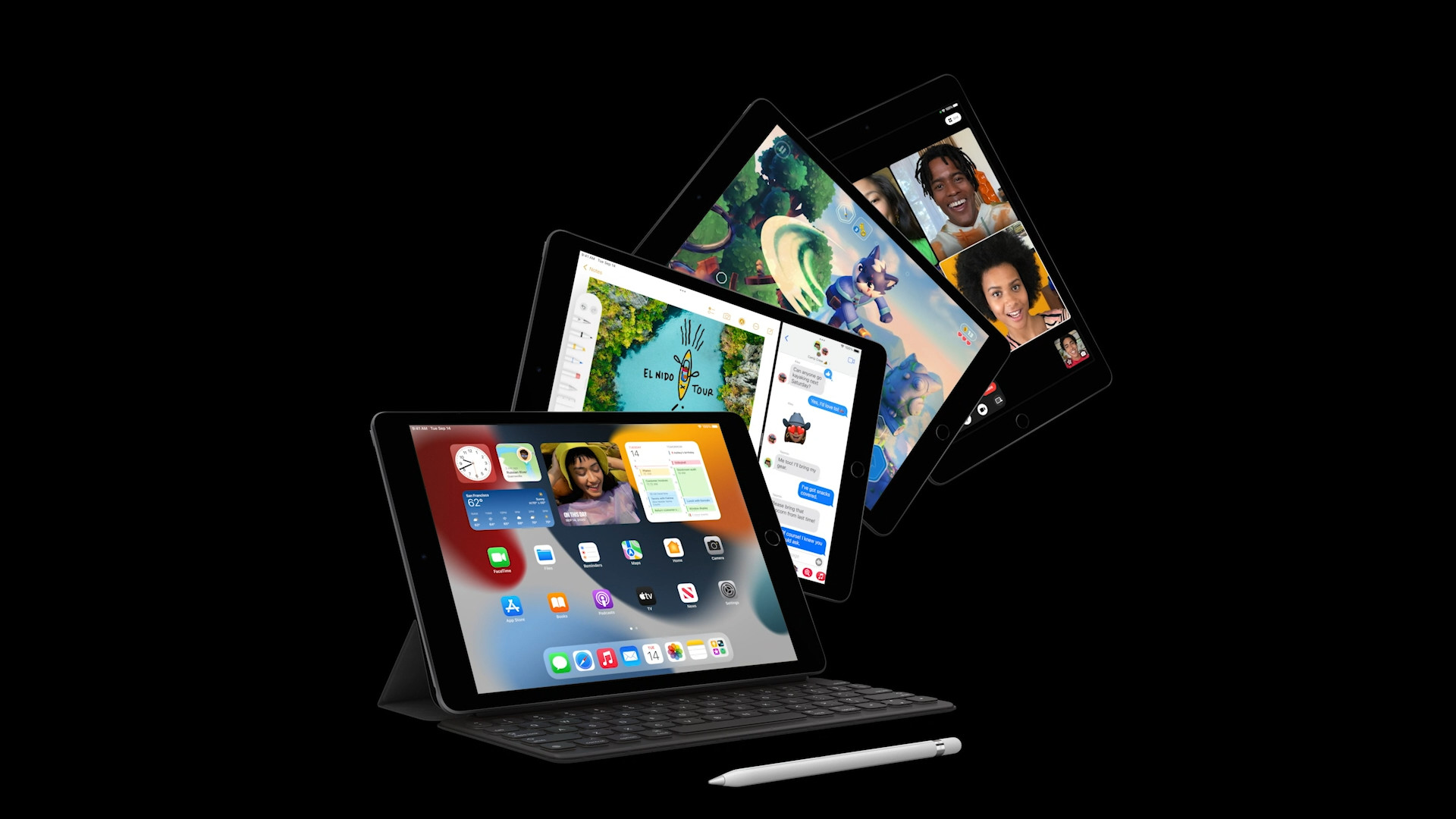
Camera
There is no change in the case of the rear camera. Both iPads therefore offer an 8MP wide-angle lens with an f/2,4 aperture and up to 5x digital zoom. There is also HDR support for photos. Unfortunately, there is no improvement in the ability to shoot videos either. Like last year's generation, the iPad (9th generation) can "only" record videos in 1080p resolution at 25/30 FPS (the 8th generation iPad only had a choice of 30 FPS at the same resolution) with triple zoom. The options for shooting slow-mo video in 720p at 120 FPS or time-lapse with stabilization have not changed either.
Front camera
It is a bit more interesting in the case of the front camera. Although for now it seems that the iPad (9th generation) is practically just its predecessor with a new name, fortunately it is different, for which we can thank mainly the front camera. While the iPad (8th generation) features a FaceTime HD camera with an aperture of f/2,4 and a resolution of 1,2 Mpx, or with the option of recording video in 720p resolution, this year's model is completely different. Apple bet on the use of an ultra-wide-angle camera with a 12MP sensor and an aperture of f/2,4. Thanks to this, the front camera can handle recording videos in 1080p resolution at 25, 30 and 60 FPS, and there is also an extended dynamic range for video up to 30 FPS.
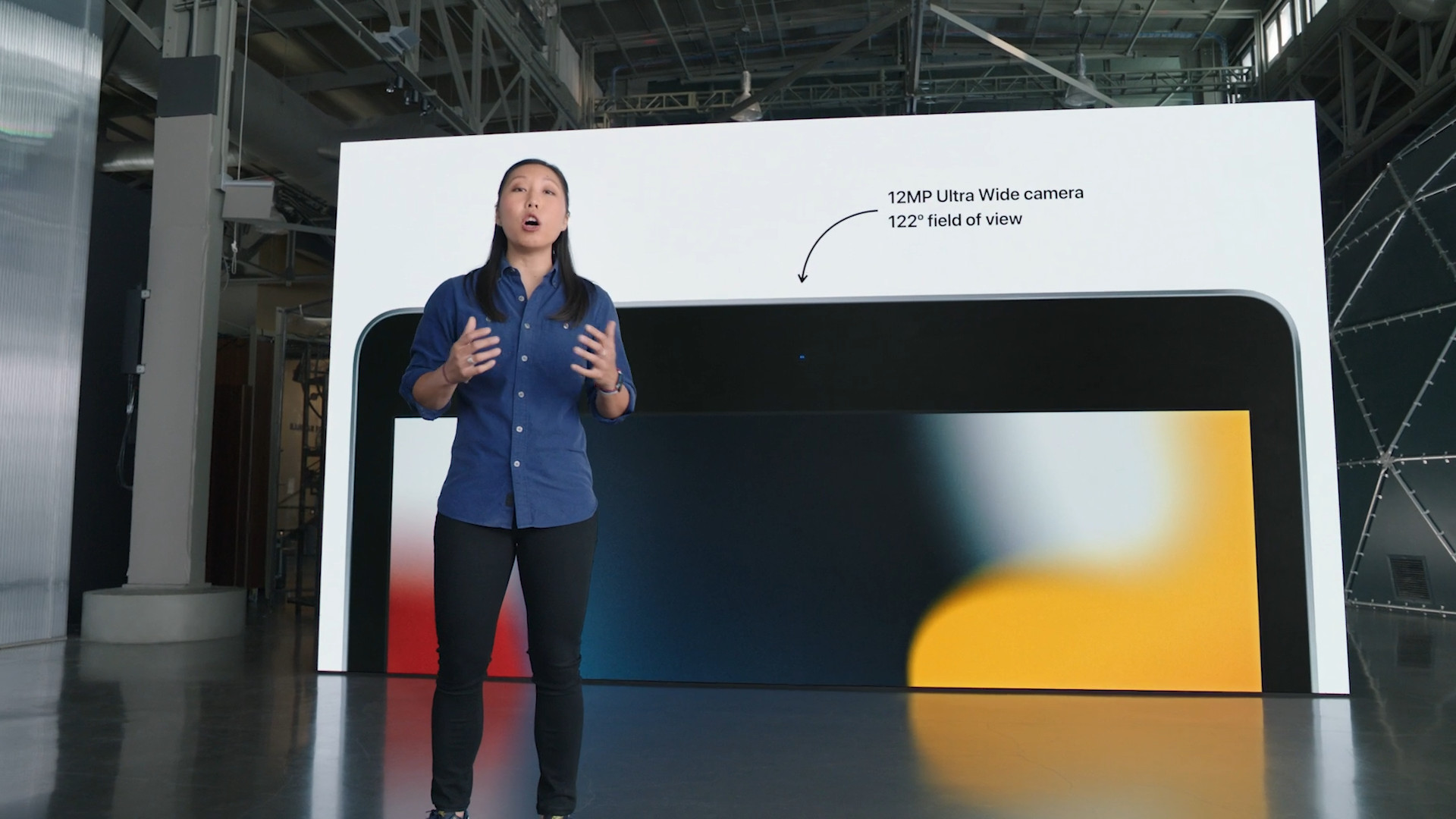
Anyway, we haven't mentioned the best yet - the arrival of the Central Stage feature. You might have heard about this feature for the first time at the launch of this year's iPad Pro, so it's a great new feature that's downright awesome for video calls. As soon as the camera focuses on you, you can walk around the entire room, while the scene will move right along with you - so the other party will always see only you, without having to turn the iPad. At the same time, we must not forget to mention the possibility of double zooming.
Choice options
Although this year's generation brings news in the form of a more powerful chip, a display with True Tone support or a completely new front camera with Central Stage, we still lost something. The new iPad (9th generation) is "only" available in space gray and silver, while last year's model could also be purchased in a third color, i.e. gold.
The next step forward came in the case of storage. The basic model of the iPad (8th generation) started with 32 GB of storage, while now we have seen a doubling - the iPad (9th generation) starts with 64 GB. It is still possible to pay extra for up to 256 GB of storage, whereas last year the maximum value was "only" 128 GB. As for the price, it starts again at 9 crowns and can then climb to 990 crowns.
- Newly introduced Apple products will be available for purchase at, for example Alge, Mobile Emergency or u iStores
| iPad (9th generation) | iPad (8th generation) | |
| Processor type and cores | Apple A13 Bionic, 6 cores | Apple A12 Bionic, 6 cores |
| 5G | ne | ne |
| RAM | 3 GB | 3 GB |
| Display technology | Retina | Retina |
| Display resolution and finesse | 2160 x 1620 px, 264 PPI | 2160 x 1620 px, 264 PPI |
| Number and type of lenses | wide angle | wide angle |
| Aperture numbers of lenses | f / 2.4 | f / 2.4 |
| Lens resolution | 8 Mpx | 8 Mpx |
| Maximum video quality | 1080p at 60 FPS | 1080p at 30 FPS |
| Front camera | 12 Mpx ultra-wide-angle lens with Central Stage | 1,2 Mpx |
| Internal storage | 64 GB to 256 GB | 32 GB to 128 GB |
| Color | space gray, silver | silver, space gray, gold |

